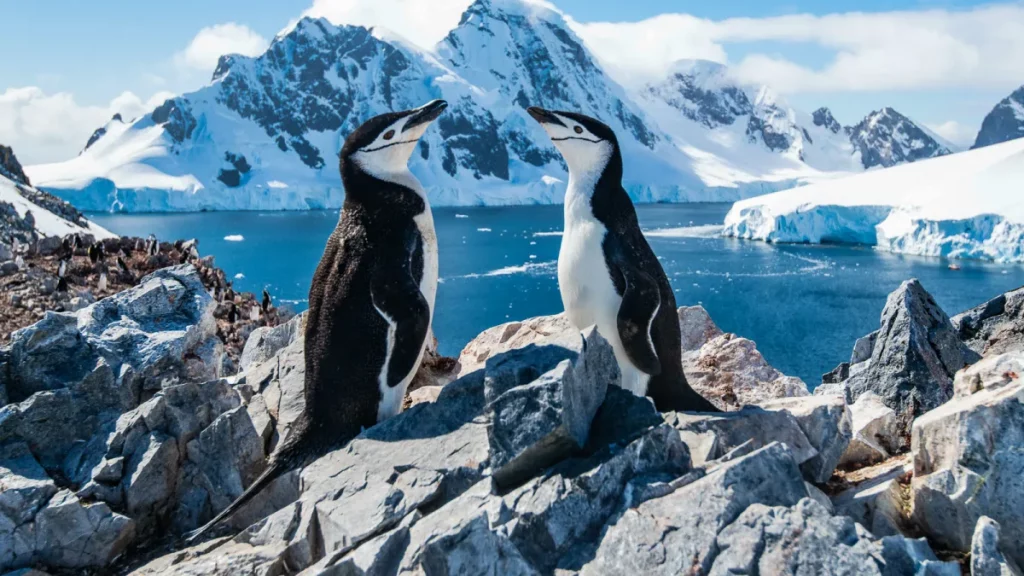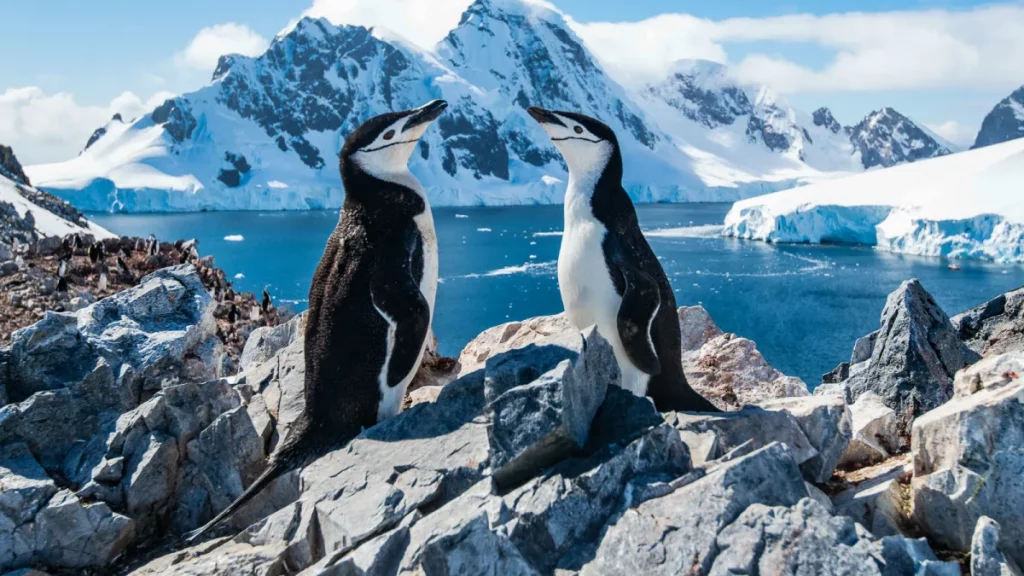
In late May 2025, Vostok Station in Antarctica recorded an extraordinary temperature of -79.6°C (-111.3°F) on May 22, marking one of the coldest May temperatures ever observed on the continent. This reading is just 2.2°C shy of the all-time May low of -81.8°C recorded at the station, underscoring the severity of the current coldwave
Since the turn of the 21st century, Antarctica—often considered the “climate canary in the coal mine”—has presented scientists with a paradox. While most of the planet has warmed under the influence of anthropogenic climate change, large parts of the Antarctic interior, particularly East Antarctica, have experienced episodes of cooling or temperature stagnation. This phenomenon has sparked intense scientific investigation into the interplay of teleconnections, weather patterns, and polar dynamics.
Temperature Trends Since 2000: A Tale of Two Antarcticas
Antarctica is not a monolith in terms of climate. The continent is broadly divided into West Antarctica, East Antarctica, and the Antarctic Peninsula, each with distinct climatic behaviors.
- The Antarctic Peninsula, which stretches toward South America, has warmed rapidly over the past half-century, though warming slowed slightly after 2000.
- West Antarctica, especially the Amundsen Sea coast, has also shown warming trends due to upwelling warm ocean water.
- East Antarctica, however—home to the Vostok and Dome Fuji stations—has shown signs of modest cooling or climate stability, particularly during the austral autumn and winter since the early 2000s.
Satellite data and surface station records confirm that while the Antarctic interior occasionally experiences significant warming events (e.g., the 2022 Concordia warm anomaly), overall, cooling phases have been more dominant since 2000 in central regions like Dome C and Vostok.
Key Drivers: Stratospheric Ozone and the SAM
One of the most important influences on Antarctic climate since 2000 has been the Southern Annular Mode (SAM)—a belt of westerly winds circling the continent.
- In its positive phase, the SAM tightens the polar vortex, strengthening the circumpolar jet and pushing cold air closer to the interior. This tends to keep Antarctica isolated from warmer air masses, promoting cooling in the central plateau.
- Since the 2000s, SAM has been predominantly positive, partly influenced by ozone depletion in the stratosphere. The Antarctic ozone hole strengthens the polar vortex and leads to persistent high-pressure systems over East Antarctica.
In addition to the SAM, stratospheric cooling from greenhouse gases has led to increased stability in the upper polar atmosphere, further reinforcing the vortex and favoring cold air retention over the ice sheet.
Teleconnections and Ocean-Atmosphere Interactions
The interaction of Antarctica with global climate systems—teleconnections—has also played a crucial role.
- ENSO (El Niño–Southern Oscillation): During La Niña phases, cooler air masses and sea ice expansion can spread over West Antarctica, sometimes leading to overall cooling of the polar atmosphere.
- Indian Ocean Dipole (IOD): Negative IOD events can influence Southern Hemisphere storm tracks and enhance cold air advection toward the continent.
- Amundsen Sea Low (ASL): A semipermanent low-pressure center off West Antarctica modulates oceanic heat delivery and atmospheric circulation. Variability in the ASL impacts both West Antarctic warming and East Antarctic cold surges.
Sea Ice and Radiative Feedbacks
Antarctic sea ice extent reached record highs in the early 2010s, especially around East Antarctica. While sea ice has declined steeply since 2016, earlier expansion helped reflect more solar radiation (albedo effect) and contributed to regional cooling by insulating the ocean and modifying atmospheric patterns.
Moreover, East Antarctica’s immense elevation (over 3,000 meters above sea level in the interior) and persistent surface inversions trap cold air, limiting heat exchange with the atmosphere.
The Bottom Line: A Cooling Contrast in a Warming World
Antarctica’s mixed climate signals since 2000 illustrate the complexity of polar feedback systems and the profound role of atmospheric circulation patterns. While the world warms, Antarctica—particularly East Antarctica—remains a cold sentinel governed by high-altitude dynamics, stratospheric processes, and ocean-atmosphere interactions.
However, this regional cooling does not contradict global warming. In fact, models suggest that greenhouse gas forcing and ozone recovery will eventually reverse some of this cooling trend. For now, though, the frozen heart of Antarctica continues to surprise with its frigid resilience.

Illustration picture: https://www.zubludiving.com/destination/antarctic/antarctic-convergence/antarctica


























